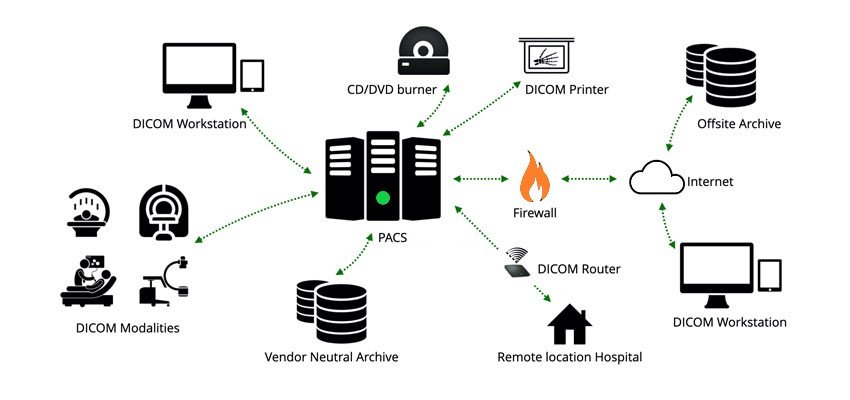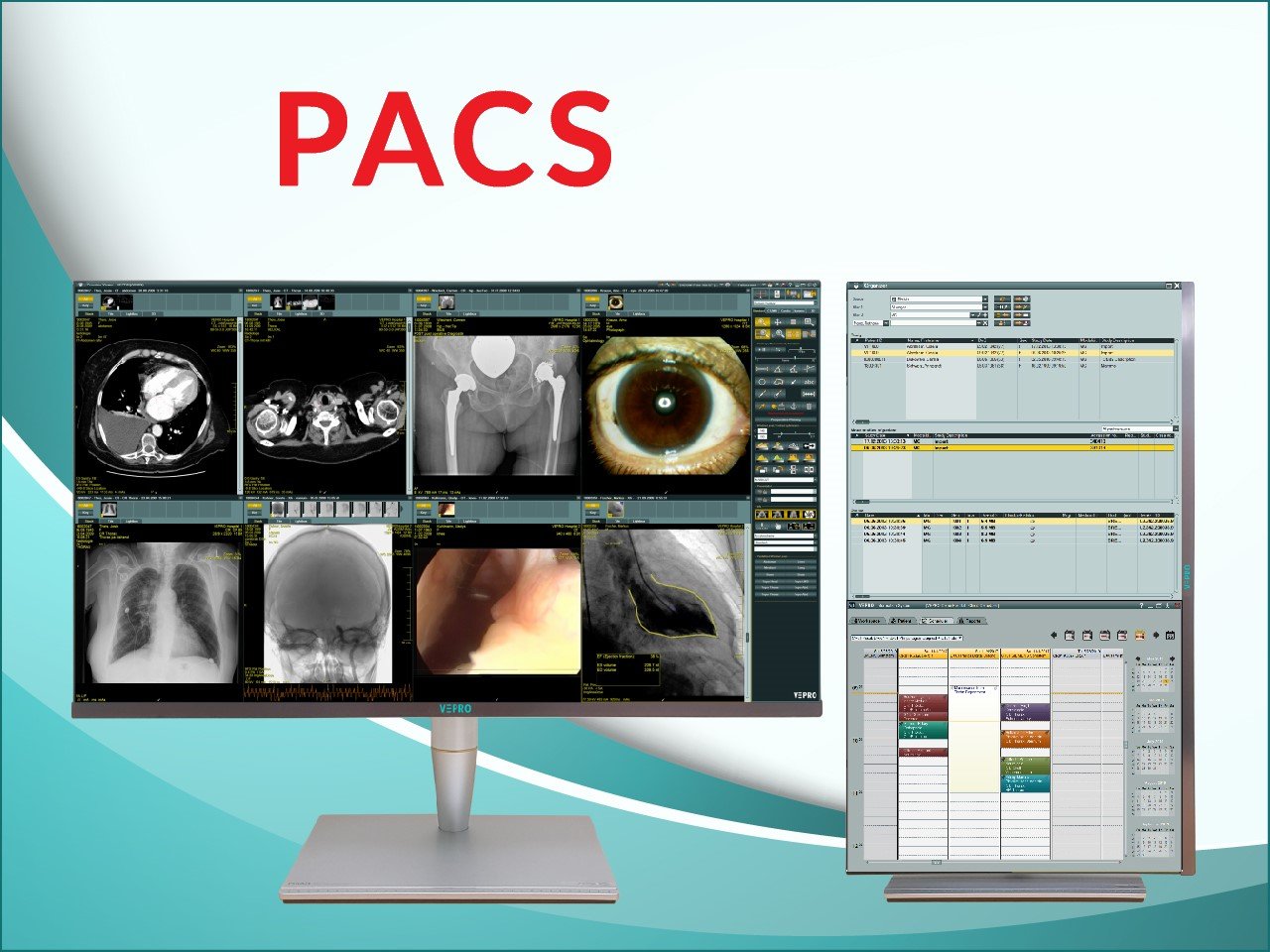In the ever-evolving world of medical technology, the implementation of PACS (Picture Archiving and Communication Systems) has revolutionized the way healthcare institutions manage and store medical images. PACS system vendors play a critical role in providing healthcare organizations with the necessary software, hardware, and support needed to utilize these systems effectively. In this blog post, we will explore the key aspects of PACS system vendors, including their importance, selection criteria, and considerations for successful implementation.
What is the role of PACS system vendors in healthcare institutions?
PACS system vendors are responsible for providing healthcare organizations with the necessary tools and technologies to manage and store medical images. They offer software solutions that enable healthcare professionals to capture, store, transmit, and view medical images in a digital format. Additionally, PACS system vendors provide hardware components such as servers, workstations, and storage devices that are essential for the efficient functioning of the entire system.
How should healthcare institutions select a PACS system vendor?
When selecting a PACS system vendor, healthcare institutions should consider several factors. Firstly, compatibility with existing systems and infrastructure is crucial to ensure seamless integration. The vendor’s reputation and experience in the healthcare industry should also be taken into account. It is essential to assess the vendor’s track record in delivering reliable and robust solutions, as well as their ability to provide ongoing support and maintenance services. Additionally, evaluating the vendor’s compliance with industry standards and regulations, such as HIPAA (Health Insurance Portability and Accountability Act), is vital to ensure data security and privacy.
What are the key considerations for the successful implementation of a PACS system?
Successful implementation of a PACS system requires careful planning and consideration of various factors. Firstly, healthcare institutions should conduct a thorough assessment of their image storage and retrieval needs to determine the appropriate system capacity and scalability. It is important to involve all relevant stakeholders, including radiologists, IT staff, and administrators, in the decision-making process to ensure their specific requirements are met. Adequate training and education for end-users are critical to ensure effective utilization of the system. Regular system maintenance and updates, as well as a robust disaster recovery plan, are essential to mitigate potential risks and ensure continuous operation.

Conclusion
PACS system vendors play a vital role in the successful implementation and utilization of a PACS system in healthcare institutions. Their expertise and support are instrumental in providing healthcare professionals with the necessary tools to manage and store medical images efficiently. When selecting a vendor, healthcare organizations should consider factors such as compatibility, reputation, and compliance. Additionally, successful implementation requires careful planning, involvement of stakeholders, adequate training, and ongoing maintenance. By considering these aspects, healthcare institutions can ensure a seamless transition to a PACS system that enhances patient care and improves workflow efficiency.

